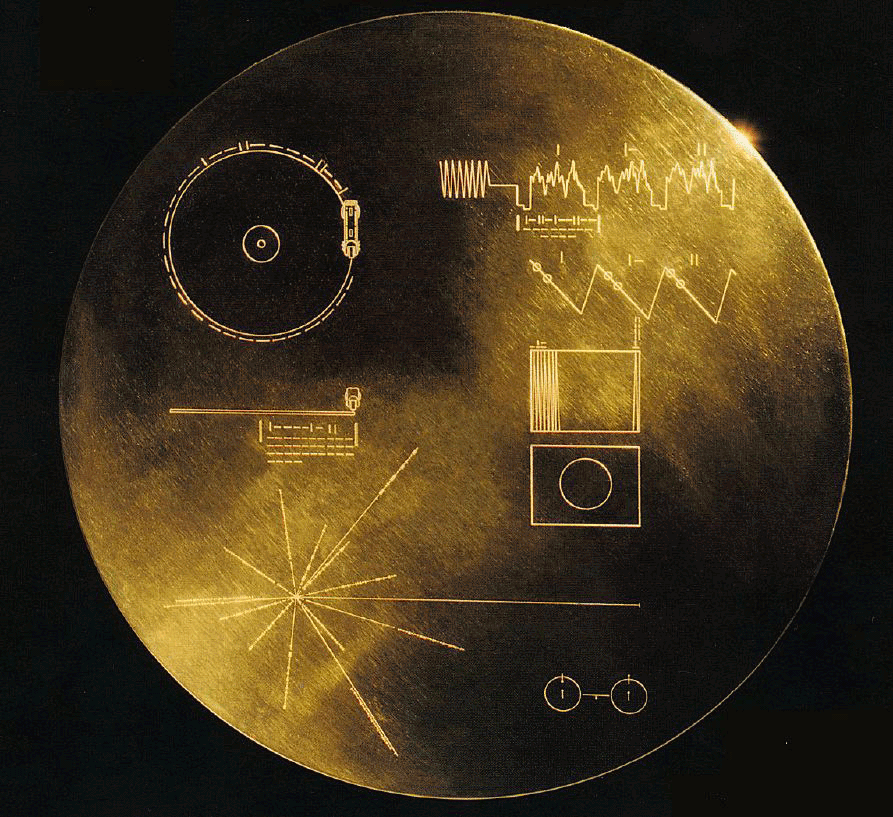The problem of navigation in space is, at least for now, going back to basics: Navigate by the stars.
First let's stick to the interstellar variant. GPS works by triangulating your position from at least 3 satellites, while in air, as an aircraft or spaceship, you need at least 4 satellites you pinpoint your position. As Uwe in the comments stated, even in space above Geostationary Orbit, so above the GPS satellites, it is possible to get your position from those. But the further the distance to the satellites, it gets harder and harder, as the GPS signal is directed towards the surface.
In interstellar space in the milky way, the receiver would need to know, where the sender was at the time the signal was send and how long the signal traveled. Then you have signal jamming and wrong signals from stars and so on. Also you would need signals from many different directions, so many from across the galaxy.
If you assume traveling at relativistic speeds, you have redshift and blueshift that complicate things even more.
Only reliable option would be the stars you see, most likely pulsars, to orientate, but as you navigate through them also other galaxies, as they are the fixed stars for you, while stars and pulsars would work as some kind of lighthouse replacement.
Intergalactic travel is even worse, as you got only the galaxies as reference.
Stars would be the highway drive-off, as you can't detect planets by themselves. So you would aim for their star and then look for the planets it orbits.
On thing we can hope for is a mass detector, something to detect gravitational masses directly at a distance. That would allow to find planets, black holes and maybe even dark matter cluster. And so you would be able to navigate through them aswell.
